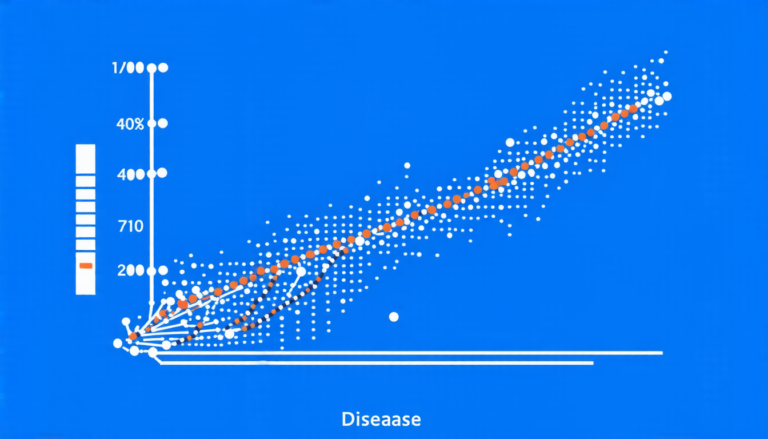Thursday 27 March 2025
The math behind slice monogenic functions, a crucial tool in understanding complex analysis and its applications in various fields. In recent years, researchers have been working tirelessly to develop a deeper understanding of these functions, and their findings have far-reaching implications for our understanding of the world.
Slice monogenic functions are a type of function that can be used to describe complex phenomena in terms of simpler building blocks. They’re like LEGO bricks, but instead of being physical objects, they’re mathematical constructs that can be combined to create more complex structures. By using these functions, researchers can better understand and analyze complex systems, from the behavior of particles in a quantum computer to the dynamics of stock prices.
One of the key benefits of slice monogenic functions is their ability to capture the intricate relationships between different parts of a system. In traditional mathematics, functions are often treated as isolated entities, but slice monogenic functions allow researchers to see how they interact with each other and influence one another. This is particularly useful in fields like signal processing and image analysis, where understanding the relationships between different components is crucial for extracting meaningful information.
Another advantage of slice monogenic functions is their ability to handle non-integer dimensions. In traditional mathematics, dimensions are usually integer-valued (1, 2, 3, etc.), but slice monogenic functions can be used to describe systems with non-integer dimensions, like fractals or complex networks. This allows researchers to model and analyze systems that would otherwise be impossible to understand.
The study of slice monogenic functions is an active area of research, with new discoveries being made regularly. One recent breakthrough has been the development of a Paley-Wiener theorem for slice monogenic functions, which provides a fundamental tool for analyzing and understanding these functions. This theorem has far-reaching implications for fields like signal processing and image analysis, where it can be used to develop new algorithms and techniques.
Despite their potential, slice monogenic functions are still a relatively new area of research, and there is much work left to be done. However, the progress that has been made so far is nothing short of remarkable, and it’s clear that this field will continue to play an important role in shaping our understanding of complex systems.
One of the most exciting aspects of slice monogenic functions is their potential applications in fields like quantum computing and machine learning. By using these functions to describe complex systems, researchers may be able to develop new algorithms and techniques that can solve problems that are currently unsolvable.
Cite this article: “Unraveling the Power of Slice Monogenic Functions”, The Science Archive, 2025.
Complex Analysis, Slice Monogenic Functions, Complex Systems, Signal Processing, Image Analysis, Quantum Computing, Machine Learning, Fractals, Non-Integer Dimensions, Paley-Wiener Theorem.
Reference: Yanshuai Hao, Pei Dang, Weixiong Mai, “Paley-Wiener theorems for slice monogenic functions” (2025).







